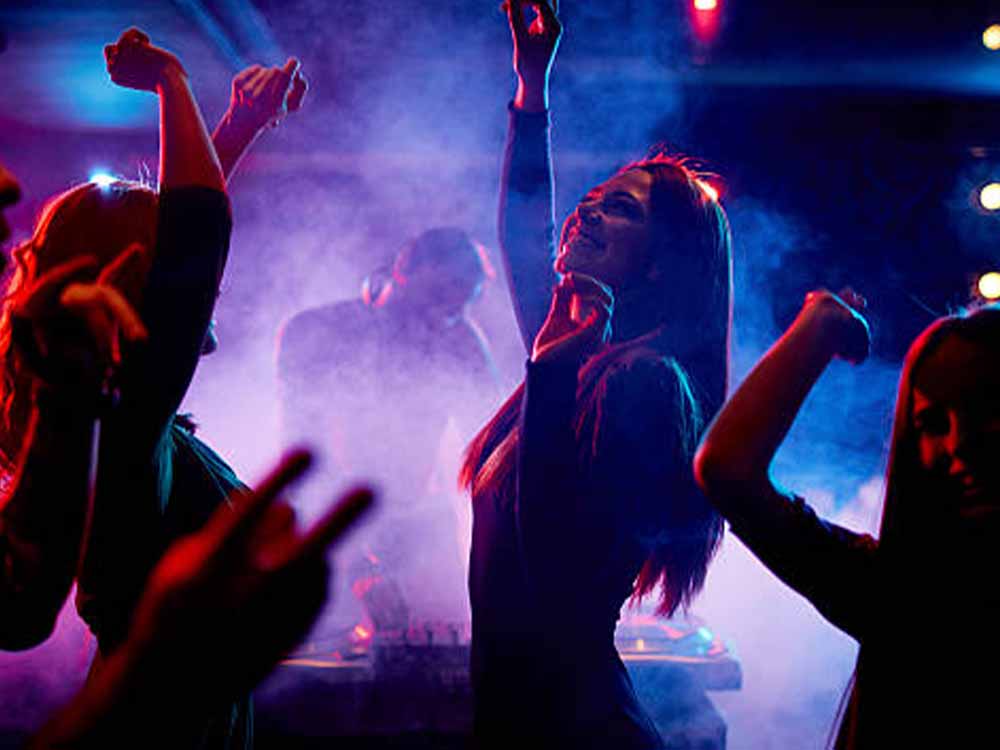The Nightclub Scene of 2004: Trends, Iconic Venues, and Cultural Impact
The year 2004 was an electrifying time for the nightclub scene, as venues around the world buzzed with energy, music, and nightlife culture. From iconic clubs to emerging trends, 2004 witnessed a dynamic evolution in the way people experienced and celebrated nightlife. Let’s explore the details of the nightclub scene in 2004, highlighting the trends, standout venues, and cultural impact of this vibrant era.
Rise of Mega-Clubs
In 2004, mega-clubs continued to dominate the nightlife landscape, offering extravagant experiences that combined music, entertainment, and immersive environments. Venues like Pacha in Ibiza, Fabric in London, and Space in Miami attracted thousands of revelers each night with their state-of-the-art sound systems, stunning visuals, and world-renowned DJs. These mega-clubs became cultural landmarks and set the standard for nightlife excellence around the globe.
Emergence of Boutique Clubs
Alongside the mega-clubs, 2004 also saw the rise of boutique clubs that catered to more intimate and specialized experiences. These smaller venues focused on niche music genres, unique themes, and curated atmospheres, attracting discerning crowds seeking a more personalized nightlife experience. From underground techno clubs to retro-inspired lounges, boutique venues added diversity and depth to the nightclub scene, offering something for every taste and preference.
Electronic Dance Music (EDM) Explosion
2004 marked a significant period in the growth of electronic dance music (EDM), with genres like house, techno, and trance gaining mainstream popularity around the world. Nightclubs served as epicenters of EDM culture, hosting legendary DJ sets, dance parties, and music festivals that united fans and artists in celebration of electronic music. The rise of EDM in 2004 paved the way for its global dominance in the years to come, shaping the sound and identity of contemporary nightlife.
Cultural Impact and Legacy
Beyond the music and entertainment, the nightclub scene of 2004 had a profound cultural impact that transcended the dance floor. Nightclubs served as hubs of creativity, expression, and community, bringing people together from diverse backgrounds to share in the collective experience of nightlife. Whether through fashion, art, or social activism, nightclubs provided a platform for self-expression and cultural exchange, fostering connections that extended beyond the club walls and into the broader world.
Conclusion
The nightclub scene of 2004 was a dynamic and transformative period in nightlife culture, marked by the rise of mega-clubs, emergence of boutique venues, and explosion of electronic dance music. From iconic destinations to underground hotspots, nightclubs offered an array of experiences that captivated audiences and left a lasting impact on the cultural landscape. As a vibrant nexus of music, art, and community, the nightclub scene of 2004 continues to inspire and shape the way we experience nightlife today.











